Stan Lee's greatest Marvel Comics creations
We count down the best creations and co-creations of Stan 'The Man' Lee
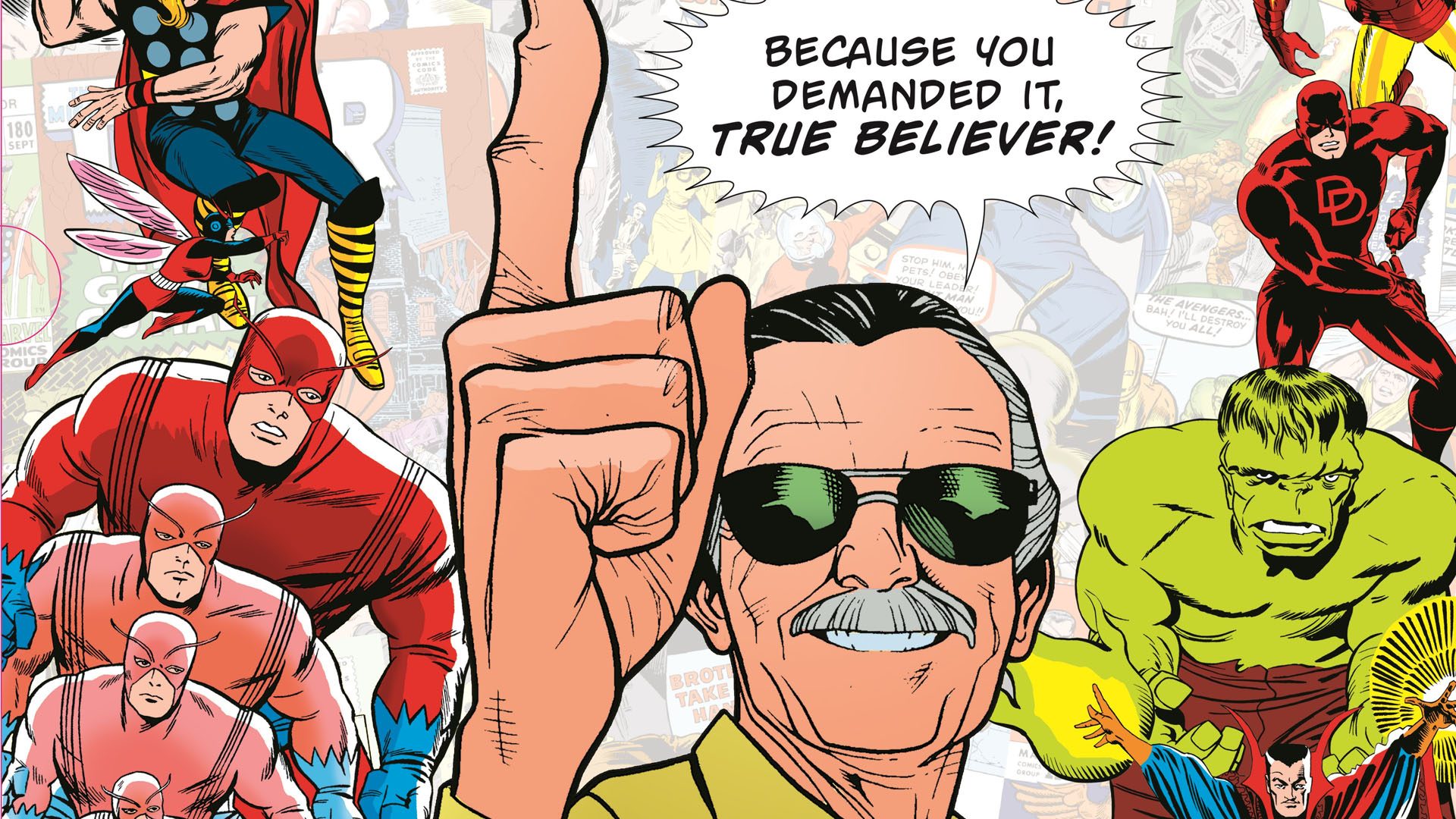
Stan Lee, arguably the godfather of modern comic books, would have turned 100 on December 28, 2022.
Though he hardly did it single-handedly, Lee brought comic books into a new era of pop culture that hasn't stopped its rise since the early '60s.
In co-creating the Marvel Universe alongside Jack Kirby, Steve Ditko, Don Heck, Larry Lieber, Jim Steranko, and countless others, Lee invented a defining mythology for the modern age that endures across comics, TV, video games, movies, and more.
To celebrate the late Lee, we're counting down his 10 greatest creations. Let us know your personal list in the comments on Facebook and Twitter!
The X-Men
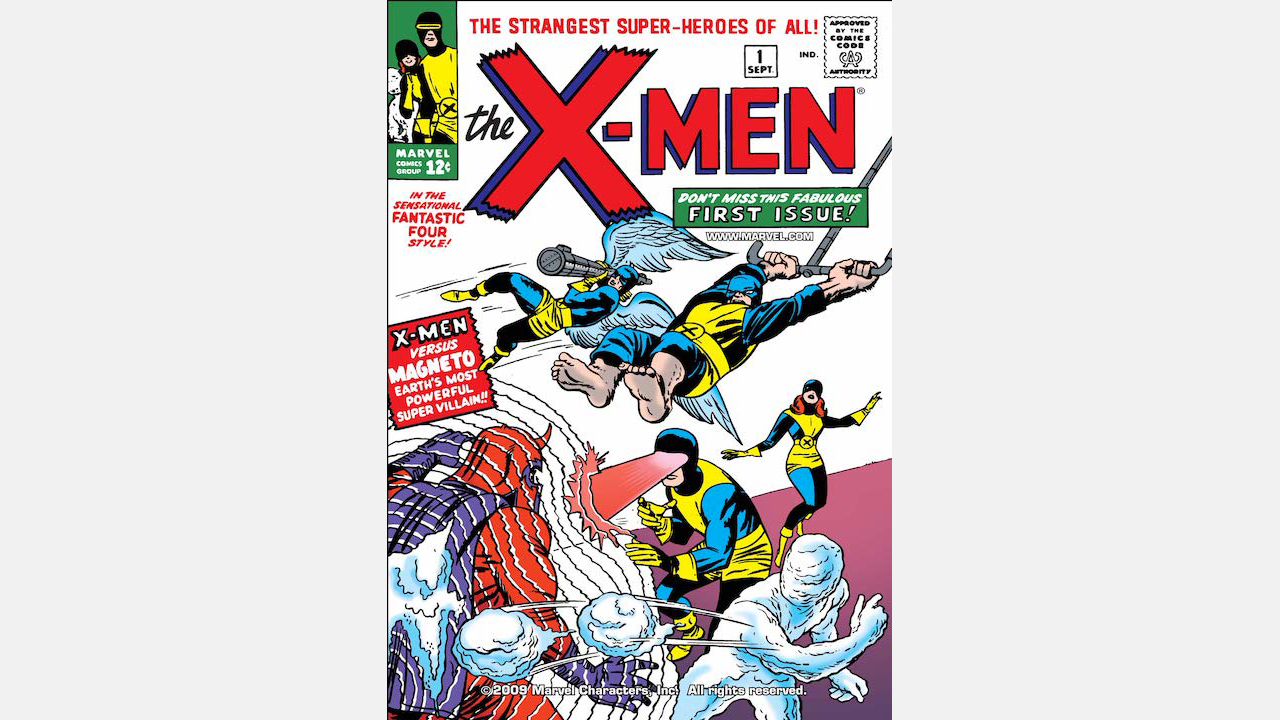
Yes, we know it's unusual for the X-Men to rank at the bottom of anyone's comic book list. And yes, we know that Stan Lee is responsible for the concept that allowed later creators to turn the mutant team into one of Marvel's biggest franchises (though he and Jack Kirby's Uncanny X-Men #1 didn't light many fires in 1963). But think about it this way — of all of Lee's hundreds of creations, the X-Men are among the top ten.
Lee created the idea of heroes who were born with their powers, taking the concept a step further and placing them in a school designed to train these "mutants" in the proper use of their powers. It's that central conceit, and the metaphor for the ongoing civil rights struggles of those outside the majority, that have defined the X-Men for the last 50+ years.
But in Lee and Kirby's day, the X-Men didn't exactly take off. It wasn't until Len Wein, Chris Claremont, John Byrne, and Dave Cockrum all got their hands on the characters that the X-Men became the powerhouse they are today — even if some fans still debate whether the modern Marvel Universe has a clear place for the X-Men.
Get the best comic news, insights, opinions, analysis and more!
Magneto
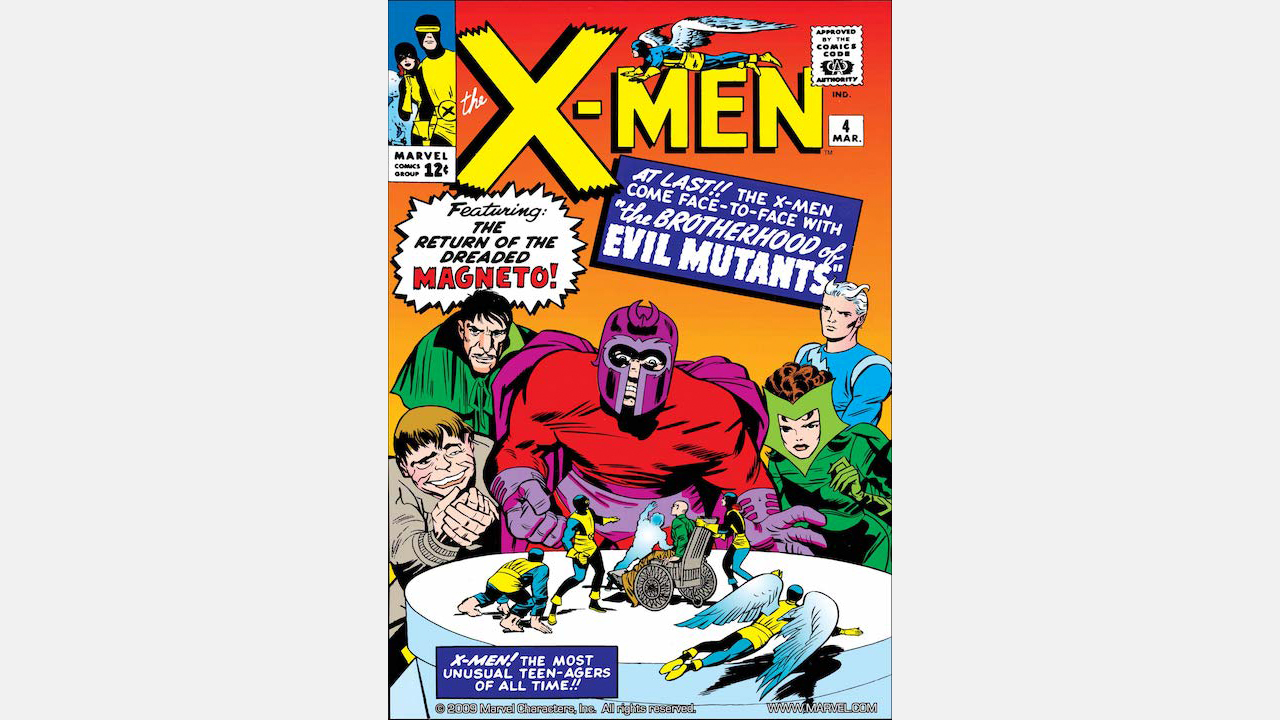
Why would we place Magneto, who also appeared in X-Men #1 courtesy of Stan & Jack, ahead of the very team that sparked his creation? Well, because Magneto might be one of the most nuanced, complicated, and sympathetic villains ever created.
Even in his early days, when he was more of a straightforward supervillain, Magneto had much deeper motives than profit or vengeance. He simply saw a future where mutants were superior to humans, as opposed to Professor X's vision of a world where they could co-exist.
It was later writers who delved even deeper into Magneto's history as a concentration camp survivor, dedicating his life to seeing that mutants did not suffer the same fate as his Jewish family.
Over the years, Magneto has walked between heroism and villainy, almost without effort, a living symbol of the complicated ways that the evil acts of men influence those who they victimize.
Nick Fury

It was under Jim Steranko's brush that Nick Fury, Agent of S.H.I.E.L.D. became an icon of '60s comic book style, but nothing Steranko did in his brief run on the character would have been possible without Stan Lee and Jack Kirby's sci-fi-fueled take on the super-spy genre.
Debuting in Sgt. Fury and His Howling Commandos #1 in 1963, Fury was originally a World War I war hero whose "modern-day" adventures made him a grizzled, resourceful spy who was more John Wayne than 007.
Over time, Fury has become a major player in the Marvel Universe, one of the puppet masters most adept at pulling the strings of both heroes and villains — for better or worse.
The Hulk
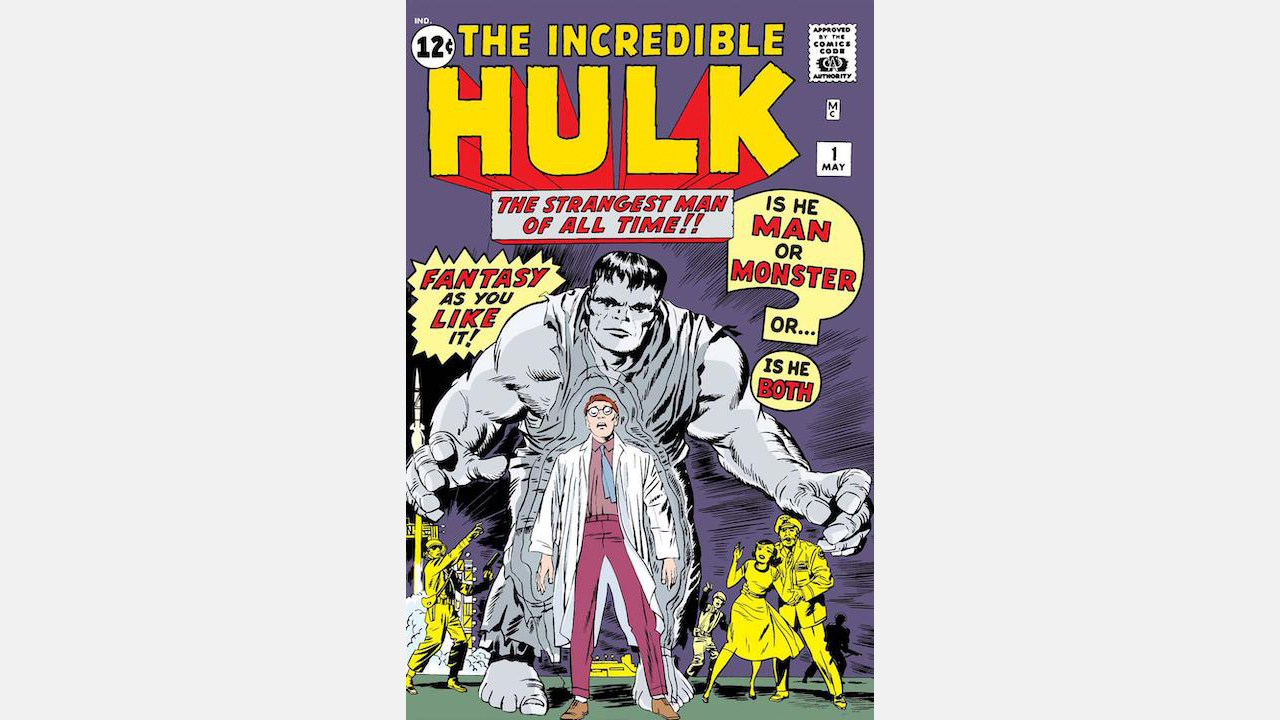
Aside from Spider-Man, the Hulk might just be the most immediately recognizable of Stan Lee's creations. An elemental force of rage, the Hulk is ordinary scientist Bruce Banner — until he gets angry, then he becomes a monstrous, green, well, Hulk.
The Hulk is a perfect example of Lee and artist Jack Kirby's ability to take a simple concept and make magic out of it. Though his debut in 1962's The Incredible Hulk #1 didn't catch on right away, by the time the character guest-starred in Fantastic Four and helped found the Avengers, he had become one of Marvel's top guest stars, granting him a second chance at an ongoing feature in Tales to Astonish, spring-boarding the Hulk into major pop culture stardom, including one of the earliest live-action Marvel TV shows.
Weirdly, the Hulk's modern history is very similar, debuting in the Marvel Cinematic Universe in a not-so-well-received solo debut, before finding huge popularity as part of the Avengers film franchise.
Doctor Doom

Doctor Doom isn't simply the greatest foe of the Fantastic Four, he's been Marvel's top villain for over 50 years. Sure, he's technically working as a hero right now in Infamous Iron Man, but Doom has been the face of super-villainy at Marvel Comics for decades.
Debuting in Fantastic Four #5, Stan Lee and Jack Kirby's Doom is a mad scientist driven by a powerful sense of vengeance towards Reed Richards, the leader of the FF and Doom's one-time ally.
A scientific mastermind, Doom is also a skilled sorcerer and ruler of his own country in the fictional nation of Latveria. Doom is, in many ways, the prototypical villain — capable of anything in pursuit of his ultimate goal.
Thor
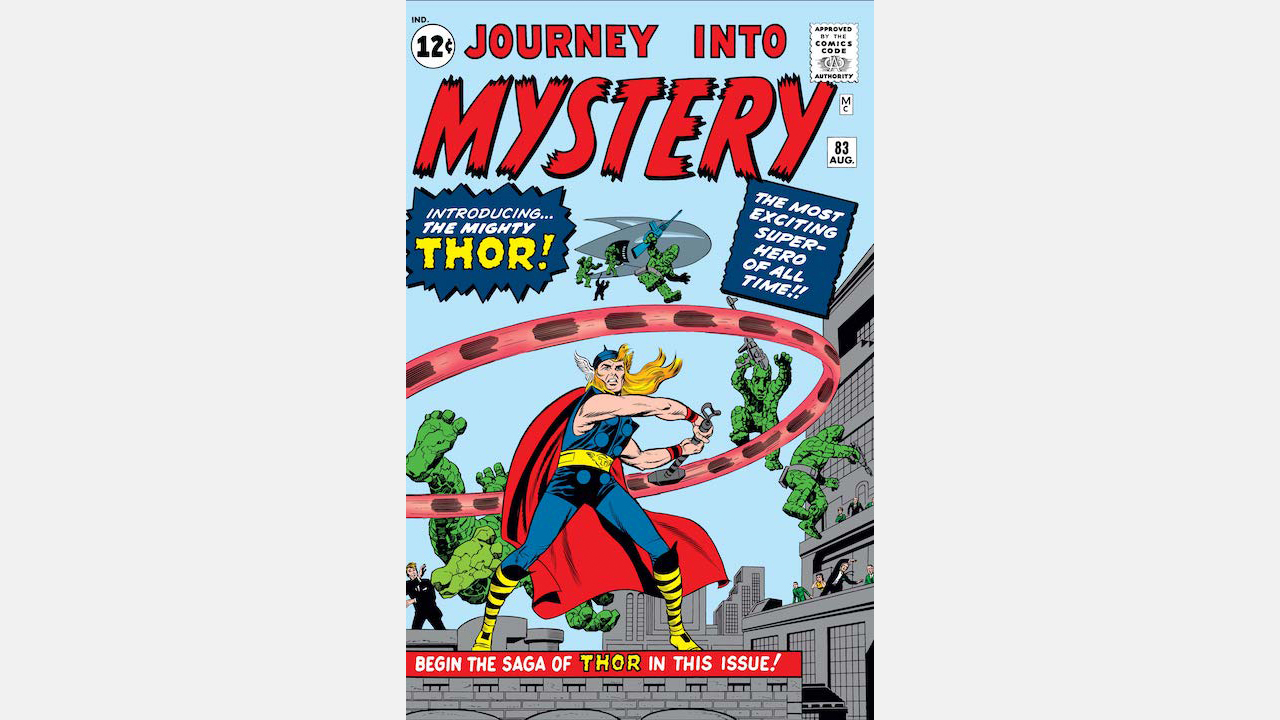
A lot of the most iconic elements of the mighty Thor exist thanks to Jack Kirby's fascination with the Norse myth cycle, but it was Stan Lee who came up with the idea of a human possessed of the spirit of a powerful Norse God.
Scripted, as several Marvel stories were back in the early '60s, by Lee's brother Larry Lieber, 1962's Journey Into Mystery #83 introduced Donald Blake, a doctor who carried a walking stick that gave him incredible strength and power over storms when he transformed it into Mjolnir, the hammer of Thor.
Lee took over scripting duties just a few issues into Thor's debut, and like Kirby, became fascinated with Norse mythology. Many of Marvel's top villains at the time debuted in Thor, and many cosmic concepts that still drive the Marvel Universe were introduced in the title.
Thor is a prime example not only of Lee's creativity but the power his passion had for his characters — which explains why Thor got so many of Marvel's "good toys" in the early '60s.
Iron Man

Based on Howard Hughes, Tony Stark was originally Stan Lee's version of a billionaire industrialist turned superhero by a strange accident of fate.
Making his debut all the way back in 1963's Tales of Suspense #39, it took a few issues for the Iron Man we recognize today to develop.
Unlike some of Lee's other creations, Iron Man - co-created by artists Jack Kirby and Don Heck, before Steve Ditko designed his iconic red and gold look — had expensive tastes and feet of clay. Though the sarcastic know-it-all most audiences know from Robert Downey, Jr.'s film performance wasn't present in Lee's brother Larry Lieber's early scripts, Stark was something of a womanizer, always on the hunt for a beautiful woman and a powerful invention, and always staying one step ahead of the communist forces that sought to steal his inventions.
Nowadays, everyone knows who Tony Stark is — he's practically Marvel's flagship character. But in the end, we all have Stan Lee to thank for the Iron Avenger.
The Avengers

The Avengers team isn't just one of Stan Lee's greatest creations, it's made up of some of Lee's greatest individual characters as well.
1963's Avengers #1 is a more direct analog to DC's Justice League than the earlier Fantastic Four, with Lee and artist Jack Kirby bringing together Iron Man, Hulk, Thor, Ant-Man, and the Wasp — all characters they created together — to face threats no single hero could withstand. Over the Avengers' early years, many of Lee and Kirby's other creations joined the team, building an entire franchise of superheroics.
While the Avengers have been a Marvel mainstay since their early days, it is in recent years with the success of Marvel Studios' films (in all of which Stan Lee himself has had cameos) that have brought the team to the forefront of popular culture.
Fantastic Four
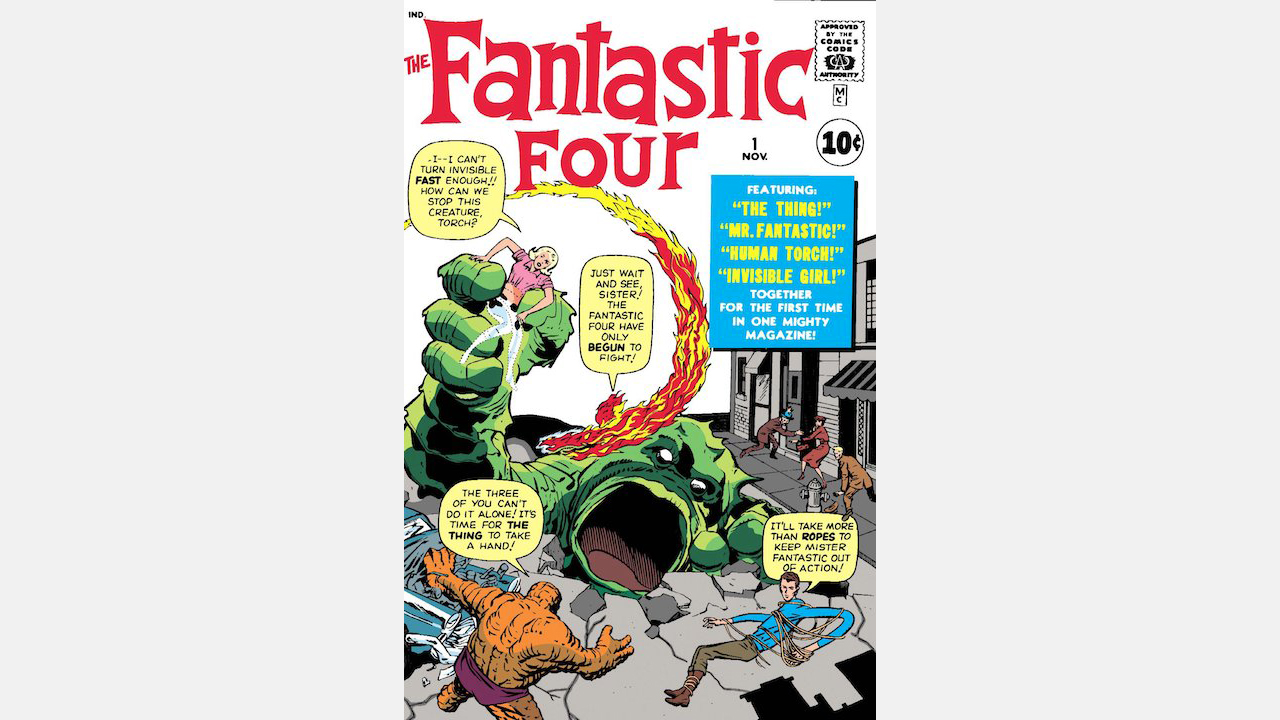
It's painful not placing the Fantastic Four at the top of this list, if only because Fantastic Four #1 kicked off the entire Marvel Universe way back in 1961, and because the FF is the greatest product of the Stan Lee/Jack Kirby writer/artist team.
Created as a response to the success of DC's Justice League of America, the Fantastic Four could have easily been a cheap knockoff. But Lee and Kirby went in an entirely different direction. By making the FF not only a team, but a family, and grounding their far-flung sci-fi adventures in real-world relationship dynamics, the so-called "World's Greatest Comic Magazine" gave readers a version of superheroes that they had never seen before.
Over the course of 102 issues, Lee and Kirby practically defined modern comic books, never ceasing an endless stream of ideas, characters, concepts, and stylistic choices that still resonate to this day.
Spider-Man

If Stan and Jack's Fantastic Four changed the kind of stories comic books are capable of, Stan's other big creation alongside artist Steve Ditko codified modern comic books - it took the focus off the superhero and put it on the superhuman.
That's right, we're talkin' Spider-Man. First debuting in 1962's Amazing Fantasy #15, Spider-Man is undoubtedly Lee's biggest creation, reinventing the entire idea of a teen superhero and presenting, for the first time, a hero who was more concerned about helping his aging aunt pay the bills than the cosmic fate of the universe.
It's no wonder Spider-Man has long been Marvel's mascot; he's the still-ongoing proof of Marvel's concept, and arguably the greatest contribution of both Stan Lee and Steve Ditko to comic books.
I've been Newsarama's resident Marvel Comics expert and general comic book historian since 2011. I've also been the on-site reporter at most major comic conventions such as Comic-Con International: San Diego, New York Comic Con, and C2E2. Outside of comic journalism, I am the artist of many weird pictures, and the guitarist of many heavy riffs. (They/Them)



